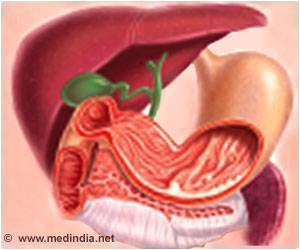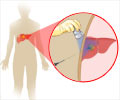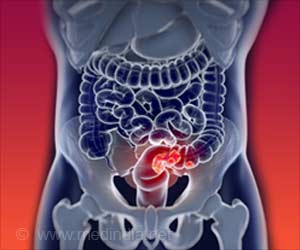A new kind of stem cell that can become either a liver cell or a cell that lines liver blood vessels has been discovered by a Mount Sinai-led research team.

"We found a stem cell that can become either a liver cell, which is thought to originate in the endoderm, or an endothelial cell that helps to from a blood vessel, which was thought to derive from the mesoderm," said Valerie Gouon-Evans, PhD, Assistant Professor in the Department of Developmental and Regenerative Biology and Black Family Stem Cell Institute, Icahn School of Medicine at Mount Sinai, and lead author for the study. "Our results go against traditional germ layer theory, which holds that a stem cell can only go on to become cell types in line with the germ layer that stem cell came from. Endothelial cells may arise from both the endoderm and mesoderm."
Cell Growth Plusses and Minuses Beyond the womb, many human organs contain pools of partially differentiated stem cells, which are ready to differentiate into specific replacement cells as needed. Among these are stem cells that "know" they are liver cells, but have enough "stemness" to become more than one cell type. By advancing the understanding of stem cell processes in the liver, the study offers insights into mechanisms that drive liver cancer. The rapid growth seen in cells as the fetal liver develops is similar in some ways to the growth seen in tumors. Among the factors that make both possible is the building of blood vessels that supply nutrients and oxygen. The research team's newfound, liver-based stem cell type has the ability to become part of newly formed blood vessels.
Thus, a detailed understanding of it may have "a decisive impact on understanding liver cancer progression," said Dr. Gouon-Evans. If similar bi-potential progenitor cells are found in liver cancers, they may be ideal targets for drugs that eradicate not only their descendant liver cancer cells but also the formation of blood vessels that feed tumors. The new study also has implications for the field of liver regeneration. Many labs seek to understand how the liver repairs itself when damaged, and many clinical trials to determine whether injecting healthy liver cells into damaged livers can repair them.
Within limits, mature liver cells divide and multiply to supply new cells that replace damaged ones. When the damage is too severe, however, evidence suggests that the organ calls on its stem cell pool, with stem cells multiplying to provide additional replacement cells. Dr. Gouon-Evans and colleagues theorize that their new stem cell type has a role here as well, and further studies are underway to test its therapeutic potential. Using standard tools of molecular biology, the team garnered evidence that the newly discovered stem cell type is present in both human and mouse livers as a fetus develops, and that these cells have a regenerative effect when transplanted into damaged mouse livers.
Source-Eurekalert
 MEDINDIA
MEDINDIA




 Email
Email










